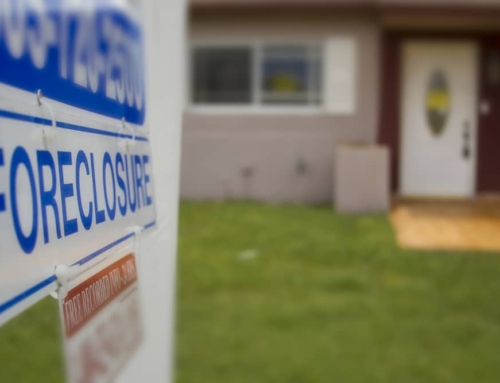Q: We are buying a new home. The house sits higher than all the other houses. The developer poured a very steep and narrow driveway, which then widens out to enter the two car garage. There is no turnaround at the top for us to back out and go down the driveway facing forward.
When I asked the developer about this, I was told that we maxed out our property space and a turn around would go into another person’s property. We didn’t ask them to set the house the way they did. I don’t think it’s fair that we should get the short end of the stick because of this.
I am especially worried with the fact that we have children that play in the area. When going down the driveway, there is a point where you can’t see anything. I do not want to be held liable for someone getting hurt because the driveway is unsafe. Any advice would be greatly appreciated.
A: When a builder puts homes in a subdivision, a home’s location on a lot is generally the best one suited for the construction of the home. While a builder may try to place it in the most economical place, it’s generally unlikely that they would place it in an undesirable location solely to save money or to cause the home to be the ugly duckling of the neighborhood. It can happen, but it’s usually not in the economic best interests of the builder to do it.
The home you are buying sits higher than other homes. Land by its very nature is unique and your home carries the uniqueness of the lot. From your letter, it does not seem that the builder has done anything wrong unless they promised you a turn around. If it is impossible to put in a turn around, you might want to discuss what other options you might have to assisting you in turning the car around after coming out of your garage. It may be an additional expense, unless your contract or the specifications for the home give you the right to request that the builder pay for this solution, you may be stuck with paying for it.
You can also find out if there are landscaping solutions to your problem to eliminate the blind spots when you back out of the driveway. A landscape solution might be cheaper and the builder may be more willing to work with you on that basis.
Finally, you may want to talk to the building department of the city in which the home is being built to find out if the manner in which the driveway has been constructed is appropriate. If you find out that the city has a problem with it, the city can require the builder to redesign the driveway prior to issuing the certificate of occupancy for your closing.
You may want to look at your contract for the purchase of the home to determine what your options might be and also talk to a real estate attorney to get more information.
Published: Jul 15, 2005






Leave A Comment